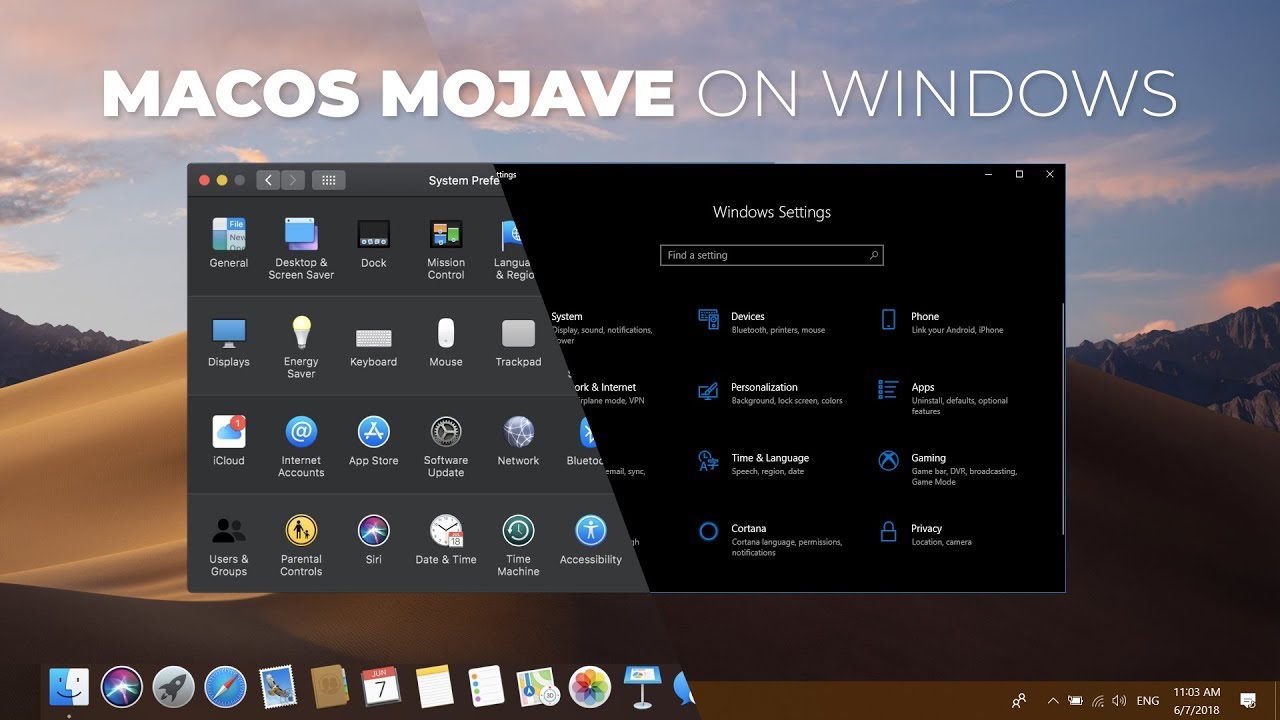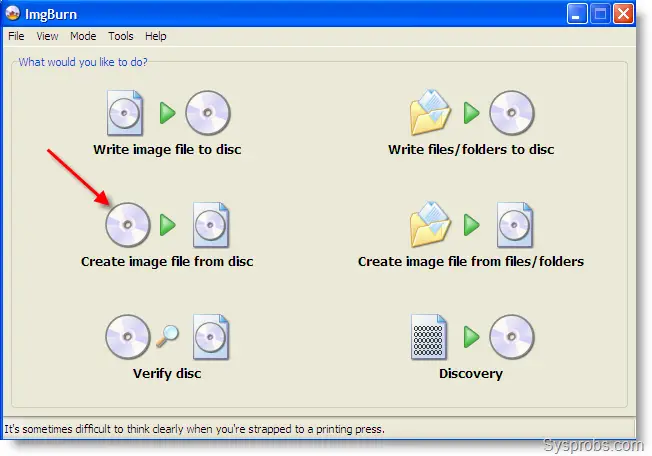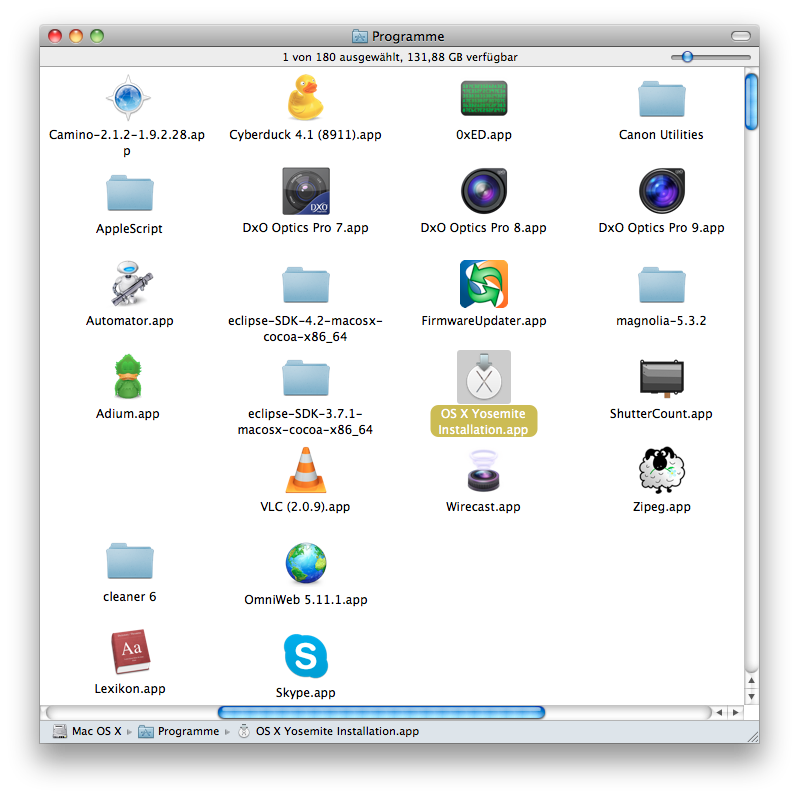

- #How to use virtualbox to download appstore install#
- #How to use virtualbox to download appstore android#
- #How to use virtualbox to download appstore iso#
Then you can Quit the partitioning utility and move on with the installation.įormatting with Ext4 and installing AndroidĪ new partition will come in the Choose Partition menu where we were before we down the partitioning digression. So select Bootable and hit enter (Boot will appear in the flags section in the table above) and then you can navigate to the Write section and hit to write the changes to the partitioning table.
#How to use virtualbox to download appstore android#
This partition is where Android OS will reside, so of course we want it to be bootable. The maximum size will already be selected for you, hit to confirm that. Select primary as the type of partition, and hit to confirm Using arrow keys navigate to the New option and hit. We will create just a single giant partition so as to keep things simple. Īnd now you will be ushered into the fdisk utility. The offical page recommends against using GPT so we will not use that scheme. Let’s hit C and create partitions in the virtual disk. You can press D and the live media will detect the disks attached, but that is optional since it did a check during the boot. The red lettered C and D indicates that if you hit the key C you can create or modify partitions and D will detect additional devices. For example, in the first screen when no partition has been created and just a raw (virtual) disk is detected you will see the following. Partitioning is done using a textual interface, which means we don’t get the niceties of a GUI and we will have to use the follow careful at what is being shown on the screen.
#How to use virtualbox to download appstore install#
Next, select the Installation option if you wish to install Android on the VM for a long term use, otherwise feel free to log into the live media and play around with the environment.
#How to use virtualbox to download appstore iso#
Select the Android iso that you previously downloaded to boot the machine of with. Starting the VM for the first time, VirtualBox will insist you to supply it with a bootable media. In the Settings → System → Processor section you can allocate a few more cores if your desktop can pull it off.Īnd in Settings → Display → Video Memory you can allocate a decent chunk of memory and enable 3D acceleration for a more responsive experience. To do this, right-click on the VM and open up settings. Upon creation, you might want to tweak a few additional settings, add in an additional processor core and improve display memory for starters. Although if you want to emulate real world devices you should allocate upto 6GB for memory and 32GB for disk size which are typical in Android devices. RAM size could be anywhere from 2 GB to as much as your system resources can allow. Open VirtualBox and click on “New” (top-left corner) and in the Create Virtual Machine window select the type to be Linux and version Linux 2.6 / 3.x /4.x (64-bit) or (32-bit) depending upon whether the ISO you downloaded was x86_64 or x86 respectively. You may prefer using a more stable release but in that case Android 6.0 is about as latest as you can get, at the time of this writing. These fine folks have ported Android to run on x86 hardware (both real and virtual) and we can get a copy of the latest release candidate (Android 7.1) for our purposes. While most Android devices run on ARM, we can take help of the project Android on x86. Next you would need a copy of Android meant to run on x86 hardware, because that’s what VirtualBox is going to offer to a Virtual Machine an x86 or an x86_64 (a.k.a AMD64) platform to run. To get started we will need to have VirtualBox installed on our system, you can get a copy for Windows, macOS or any major distro of Linux here.

So without further ado let’s set on up! Getting Started You can use this VM to run your test application or just fiddle with Android’s internals.

An efficient work around for this is installing Android on your VirtualBox which takes away one of the sluggiest aspect of Android development - The device emulator. Needless to say, all the binaries, SDKs, frameworks and debuggers are going to pollute your filesystem with lots and lots of files, logs and other miscellaneous objects. While iOS comes with its niceties, provided you are using macOS, Android comes with just Android Studio which is designed to support more than a few Android version, including wearables. If you are developing mobile apps Android can be a bit of a hassle.


 0 kommentar(er)
0 kommentar(er)
